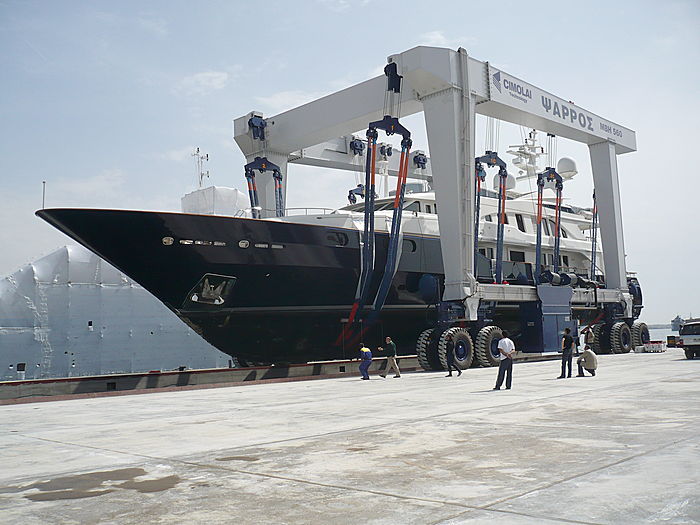Loaded tooth contact analysis and dynamic investigation of Spiral Bevel
Newsletter EnginSoft Year 18 n°4
By Moslem Molaie, Giovanni Iarriccio, Francesco Pellicano, Farhad S. Samani, and Antonio Zippo
A joint study by the “Enzo Ferrari” Department of Engineering at the University of Modena and Reggio Emilia in Modena, Italy, the Centre InterMech MO.RE., in Modena, Italy and the Shahid Bahonar Mechanical Engineering Department of the University of Kerman, in Kerman, Iran.

